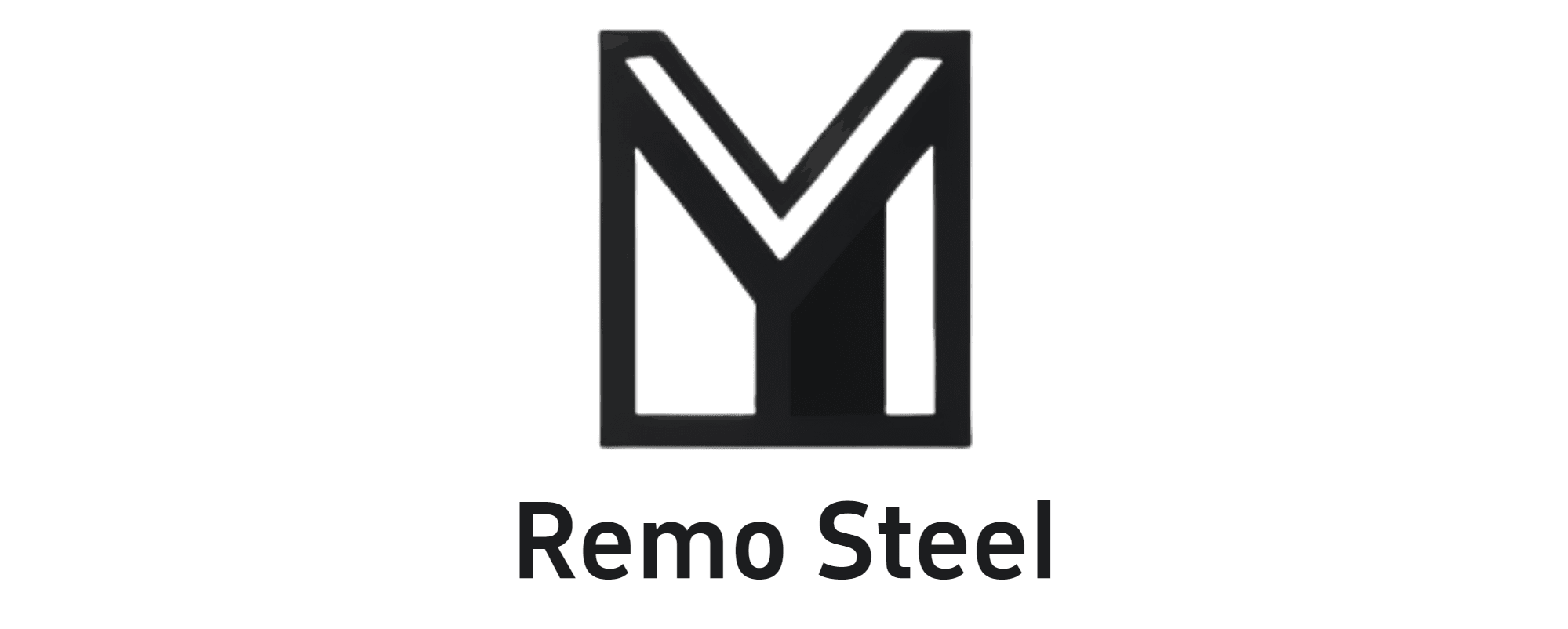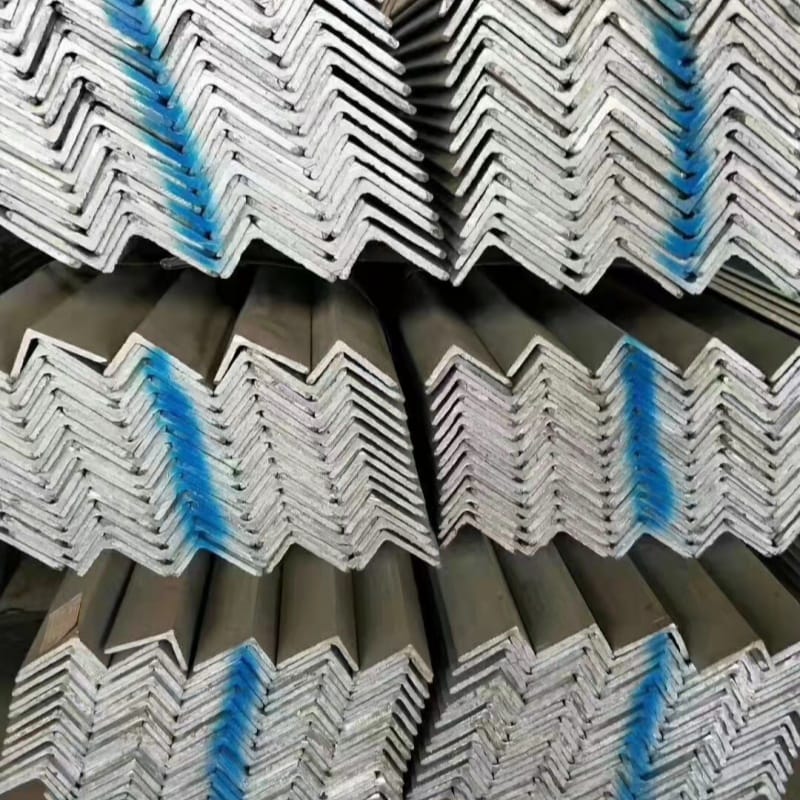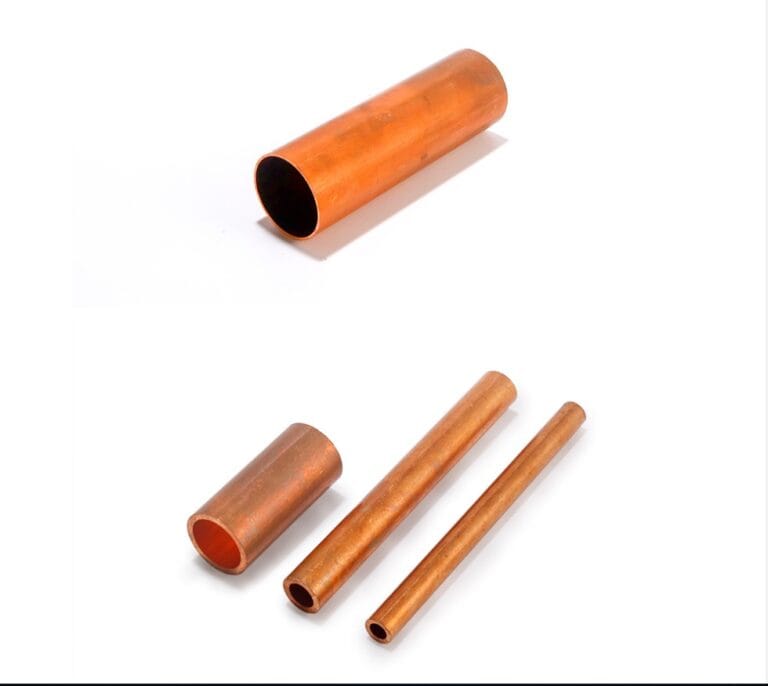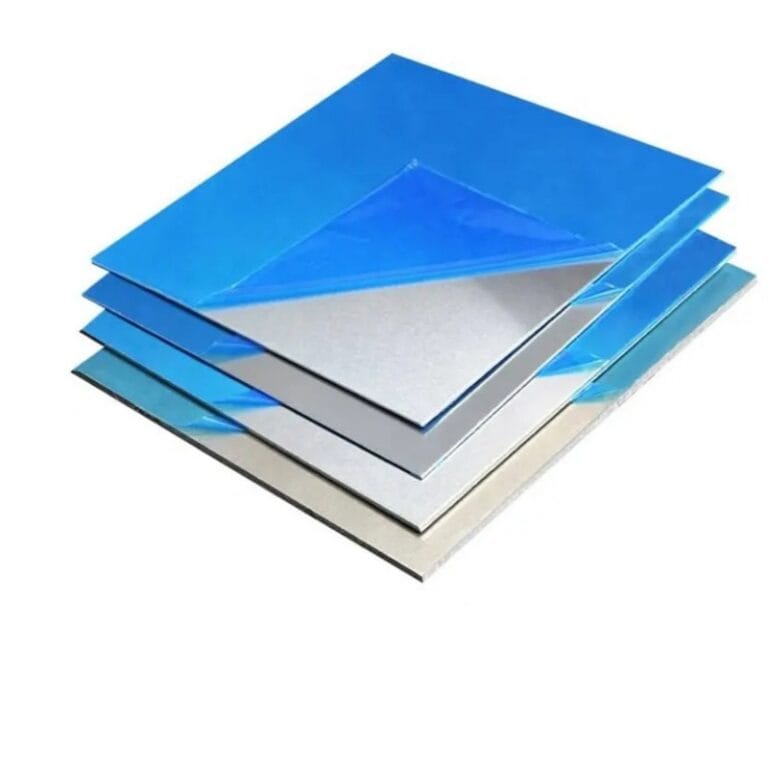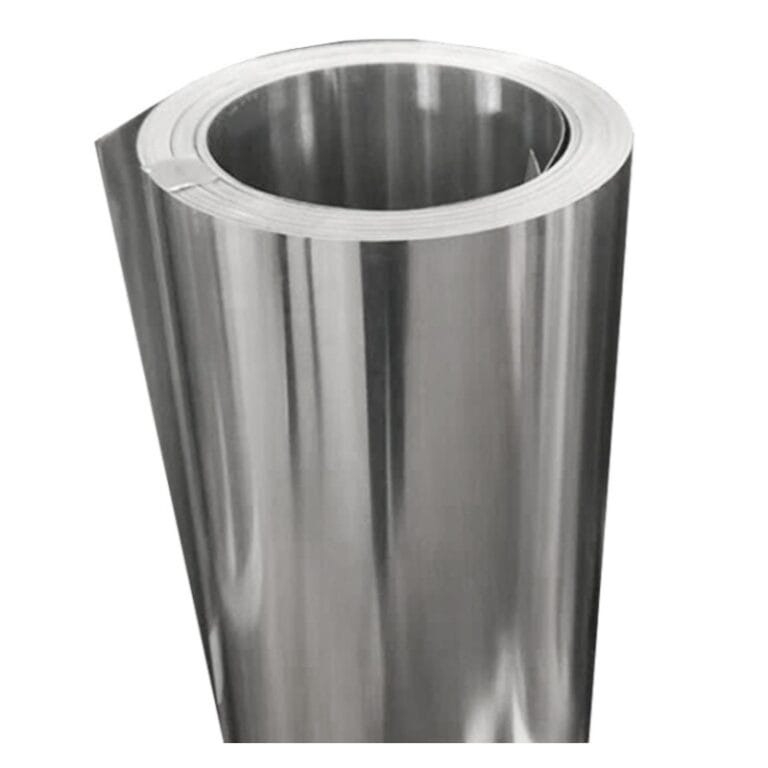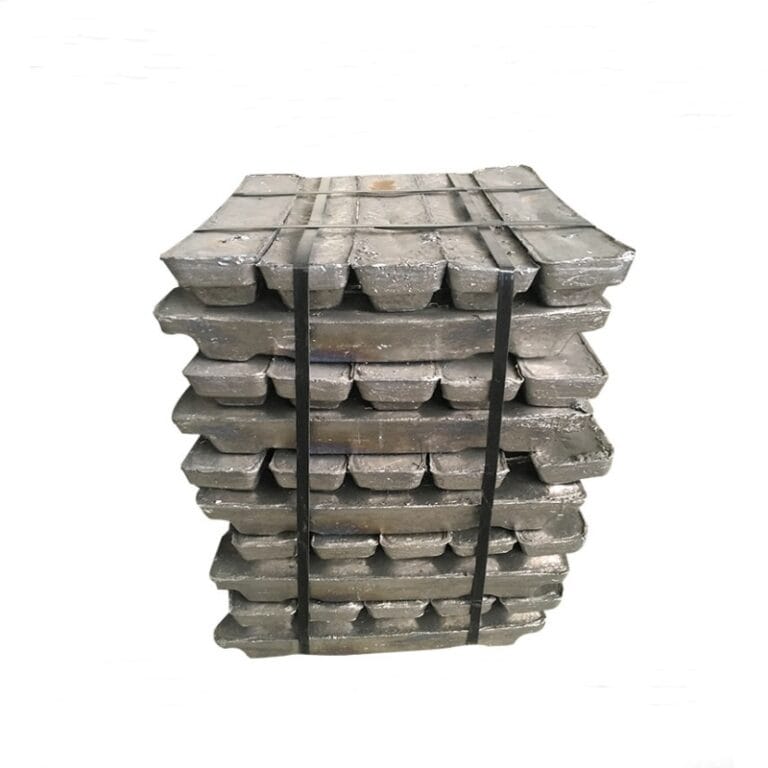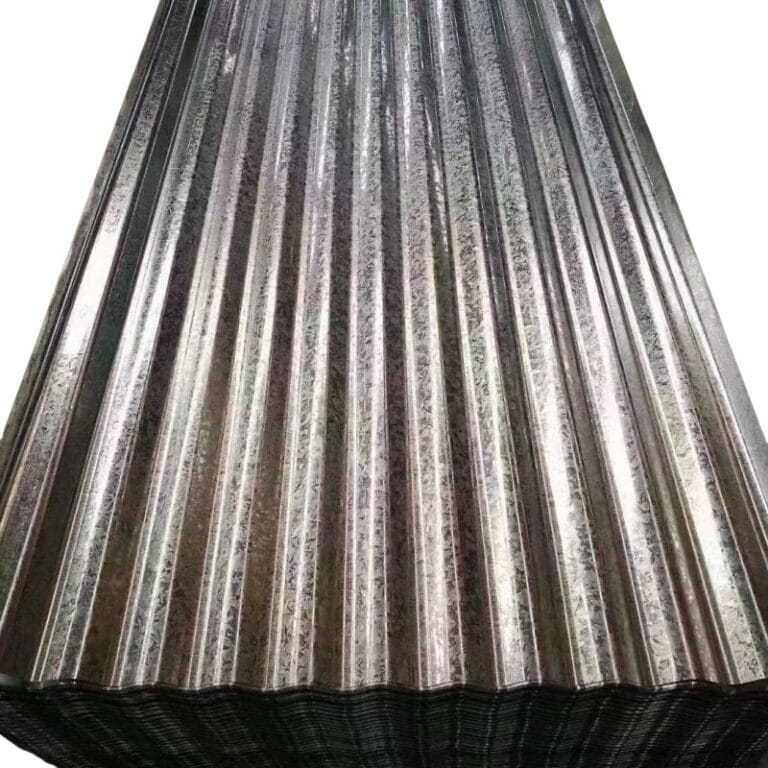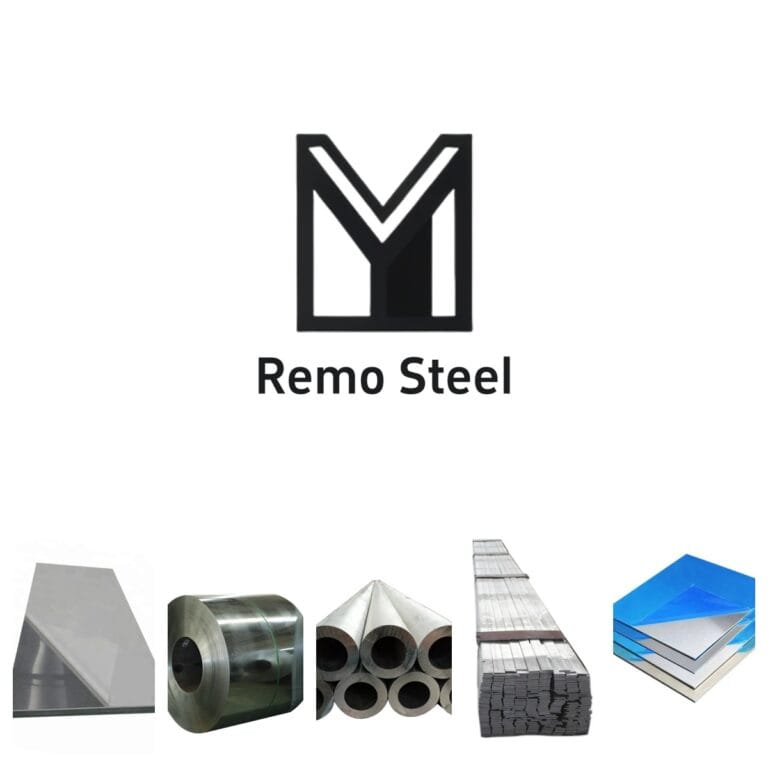Steel Angel Bar
Carbon steel angle steel is a common steel material for construction and industry. Here is a detailed introduction to it:
Definition and structure
Material: Made of carbon steel (iron and carbon are the main components, containing a small amount of silicon, manganese, etc.).
Shape: “L” shaped, with equal length (equal angle steel) or unequal length (unequal angle steel) on both sides, forming a 90° right angle.
Production process: Usually formed by hot rolling or cold bending.
Classification
By side length:
Equal angle steel (such as 50×50×5mm, indicating that the width of both sides is 50mm and the thickness is 5mm).
Unequal angle steel (such as 60×40×4mm, the length of both sides is different).
By process:
Hot-rolled angle steel: high strength, rough surface, suitable for load-bearing structures.
Cold-bent angle steel: precise size, smooth surface, used for light structures.
Common specifications
Size range:
Side width: 20×20mm to 200×200mm (equal sides); 30×20mm to 200×150mm (unequal sides).
Thickness: 3mm to 20mm.
Standards: Different countries have different standards (such as China’s GB/T 706, the United States’ ASTM A36, Europe’s EN 10056).
Performance characteristics
Advantages:
High strength: suitable for load-bearing structures.
Easy to process: can be welded, drilled, and bolted.
Low cost: carbon steel is cheaper than alloy steel or stainless steel.
Disadvantages:
Corrosion-prone: requires galvanizing or painting for protection.
Low-temperature brittleness: may become brittle in severe cold environments.
Application areas
Building structures: beams, brackets, trusses.
Machinery manufacturing: equipment frames, conveyor belt brackets.
Electricity/communications: iron towers, antenna bases.
Home decoration: shelves, guardrails, simple furniture.
Selection considerations
Load requirements: Select the side width and thickness according to the load-bearing capacity.
Environmental factors: Galvanized angle steel should be selected for humid or corrosive environments.
Standard matching: Ensure that the material standards of the country where the project is located are met.
Market and price
Price factors: Affected by steel market fluctuations, specifications, and processes (e.g. hot rolling is usually cheaper than cold bending).
Purchasing channels: steel market, factory direct sales or e-commerce platforms (such as Alibaba)
Comparison with other materials
vs stainless steel angle steel: carbon steel is more economical but not corrosion-resistant.
vs aluminum alloy angle steel: carbon steel is stronger but heavier.
